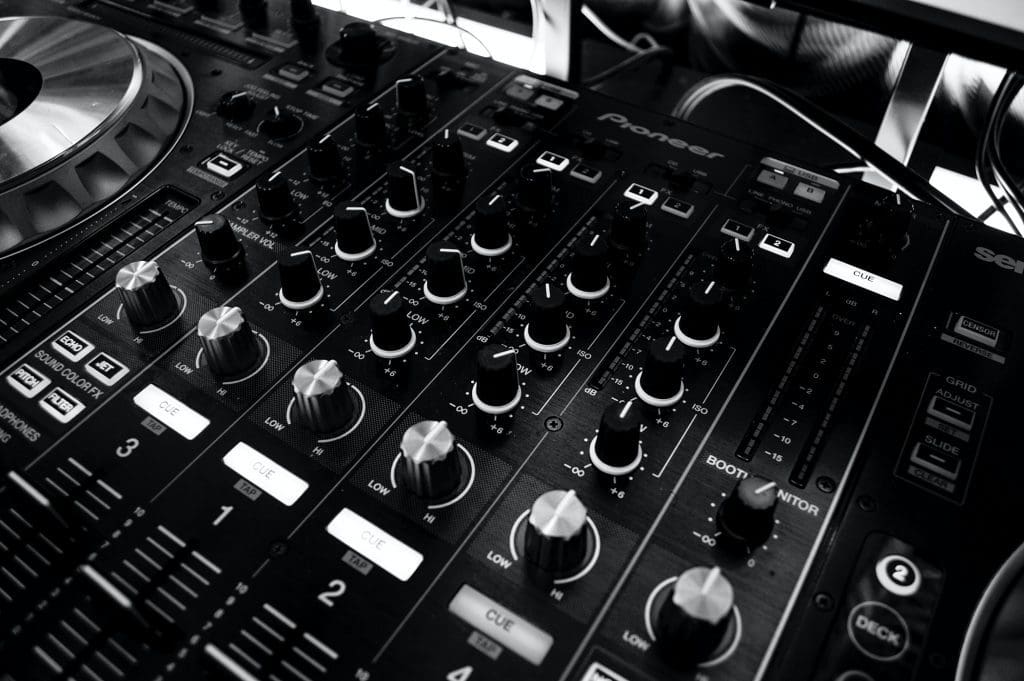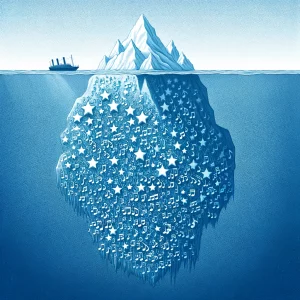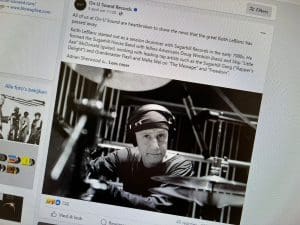Why Are More Acts Beginning to Incorporate Noise Music into Their Sound?


Noise music goes against the things that we seem to enjoy about music. The end product is a bizarre concoction of sounds that are completely inaccessible. After a quick listen, it leads us to wonder why it exists in the first place and why so many artists insist on using elements of it in their music today? All will be discussed in more detail below.
The Beginning
Noise music was first introduced by Luigi Russolo. In 1913 he wrote an article called ‘The Art of Noises’, in which he discussed the way the industrial revolution changed the world, which would subsequently change music. “Music originally sought purity, limpidity and sweetness of sound,” he said, adding the sentiment that changes to music would take away the feelings and emotions in it, drawing a comparison with the uptake of machinery since the industrial revolution.
How Much More Do We Rely on Technology?
Given Russolo’s theory is the product of our increased reliance on machinery and technology, it is worth pointing out how much this is the case in comparison to when Russolo wrote the Art of Noises. The fact is that technology, specifically the development of the smartphone, has now become a pivotal part of our society. This applies in general but also in terms of music. It is not only a factor when it comes to making it but people use it as the primary form of consumption too. This increased reliance means that people go out of their way to ensure they are keeping their mobile phones protected regardless of the environment they are entering into. That protection can be provided by tech survival kits which make sure people don’t have to miss out on music or other features their phones offer if they run into problems. A tech survival kit can be anything from flash drives to ensure you always have the most important documents to hand – vital, now most people keep everything on their phones – to physical tools to allow some quick physical fixes.
The Evolution
Due to the above, our reliance on machines has gone further than Russolo would have ever predicted and with it, the different means by which musicians and artists can make noise increase. There are musicians now who will venture out into the world looking for sound bites from the likes of cars, animals, industrial sound and people speaking, before altering them in order to create something entirely different. In that sense, Russolo was right that the development of machines would evolve the way we make and listen to music; however, he wasn’t necessarily right in its inaccessibility. This is because although musicians today will use technology to create new sounds, at the forefront of their mind remains to be, “purity, limpidity and sweetness of sound.”
The Use
Though inaccessible music has never become fully mainstream, composers have always made it. For instance, in World War 1 and World War 2, people went one of two ways in terms of making music. Some made upbeat and joyous songs that instilled hope in the listener, whereas others created inaccessible and depressing sounds, a reflection of the dire and chaotic times they found themselves in. This continued in the development of free jazz and eventually noise, to the point that over time we have such a range of different genres that people are able to draw from them and make them more complex.
In a recent interview, noise musician Jonathan Snipes commented saying, “the scene is like a non-academic version of something that was academic.” He stated that when noise first started, there was no bar as to whether or not it could be considered good. Instead it was the process as well as the reason behind it which was important. Contrast that with now: people have grown up with noise and have taste in it, they can use it in songs in a way that it derives more emotion and becomes more accessible. This is why so many artists use it today, even if it’s just as part of their overall sound.


The History of Noise
Noise music isn’t afraid to take what people generally look for in music and flip it upside down, depriving songs of sweetness and melody in order to create something jarring and difficult to access. Its development has only continued as technology advances and thanks to the range of musical examples of noise, artists these days have taste in it which is leading to its wider use across genres. As time moves on, we can expect to see even more ways that noise is incorporated into different songs.
Since you’re here …
… we have a small favour to ask. More people are reading Side-Line Magazine than ever but advertising revenues across the media are falling fast. Unlike many news organisations, we haven’t put up a paywall – we want to keep our journalism as open as we can - and we refuse to add annoying advertising. So you can see why we need to ask for your help.
Side-Line’s independent journalism takes a lot of time, money and hard work to produce. But we do it because we want to push the artists we like and who are equally fighting to survive.
If everyone who reads our reporting, who likes it, helps fund it, our future would be much more secure. For as little as 5 US$, you can support Side-Line Magazine – and it only takes a minute. Thank you.
The donations are safely powered by Paypal.










